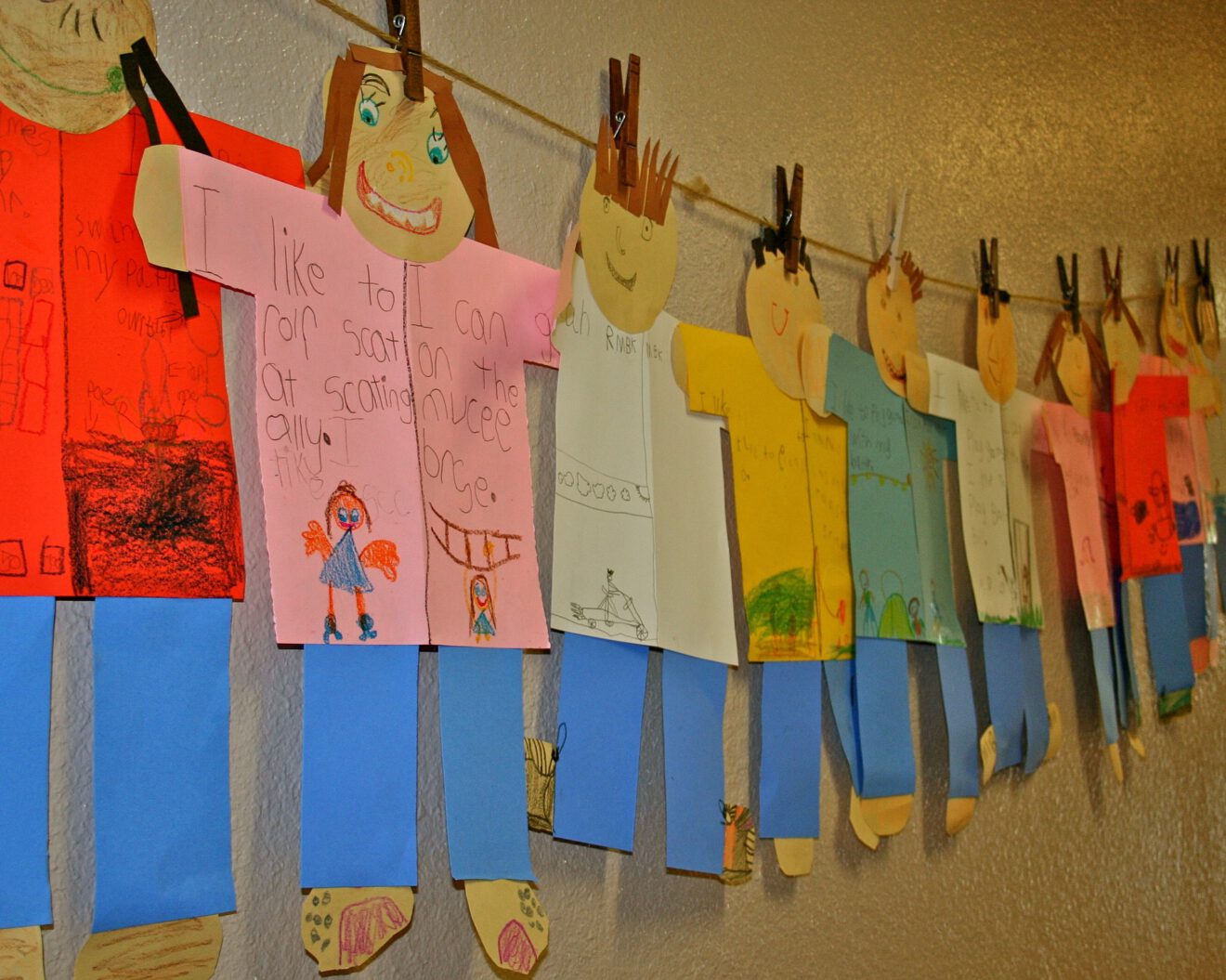When it works well, America’s public school system is designed to help students achieve at least one year of academic growth per school year. The problem? For students living in poverty, that’s not enough.
In US public schools, 51% of students in public schools come from low-income families. Decades of research show that children from low-income homes start kindergarten trailing one to three years behind their more economically advantaged peers. More recently, researchers have demonstrated the relationship between family income and brain structures, with the largest influence observed among the most disadvantaged children.
Yet, many schools succeed with students from poverty. Here are three proven ways educators can make a difference to close the poverty gap and help every student succeed.
1. Reduce devastating effects of stress
Stress is a physiological response to a perception of a lack of control over an aversive situation or person. Poverty is associated with chronic stress, which can have a toxic effect on the brain. Teachers often reactivate the fear and stress areas in a student’s brain if they are adversarial or get in shouting matches with students.
On the other hand, teachers who form positive relationships, as an ally with their students, can diffuse stress. Stress can also be mediated by increasing students’ perception of control (making relevant choices, self-assessment and leadership roles) throughout the school day.
2. Teach social-emotional skills
Good teachers find ways to influence their students in ways that help them shape character. This mindset includes teaching students that they don’t choose everything that happens to them, but they do choose their response. Help students foster optimism, hope and the power of gratitude.
Social-emotional skills also include politeness, empathy and friendship. Students can learn how to be a friend to gain lasting friendships. Students from poverty experience far less social-emotional role models and skill building at home. Teacher led activities may include, and not be limited to: “meet and greet” student skits and interview role-plays.
3. Build students’ cognitive capacity
Most successful teachers use ways to increase students’ learning by building their cognitive capacity. This mandate includes the skills of reasoning, attention, writing, organizing, memory and reading. Working memory is a core driver of cognitive capacity and the top predictor of a child’s learning success at age 5 (even higher than IQ). Children who live in poverty are especially at risk because chronic stress can limit working memory, field of vision, focus and processing speed.
Working memory is a skill regulated by the brain that allows us to retain and manipulate information from different sources at the same time. For example, can you reorder these numbers into an odd-even sequence: 12, 76, 55 and 49? This process involves holding content in your brain and manipulating it to solve a problem. Using language, can you scramble these three letters to form three different words out of them: T-P-A? It is the same process as that needed to argue for a point of view or do higher order math (the answer is “pat, apt and tap”).
Teachers can implement a variety of strategies to improve students’ working memory, such as organizing information into smaller chunks, encouraging children to visualize what they just heard or read or involving students in peer teaching. Neuroscience-based interventions such as the Fast ForWord software program can also help build cognitive capacity, including working memory and processing skills. Further, because consistency and intensity are required to build working memory, technology can be particularly beneficial in classrooms of students with diverse needs and abilities.
Fostering actionable change
A student’s DNA is NOT their destiny. A student’s socioeconomic status should not their stigma. Students’ brains can change, when the schools work well. Schools can be highly effective in working with children from poverty if they’re willing to change, too. To foster change that gets results, educational leaders must provide the structures, skills and support. This means we must promote positive student-teacher relationships, improve teacher quality, and build cognitive capacity and growth mindsets in children who already behind grade level on their first day of school. When educational leaders and teachers work together to create a more positive learning environment and better instruction for today’s students they can solve problems systemically and get better results across the board.
Dr. Eric Jensen is an author, speaker and pioneer in brain-based teaching and learning. For over two decades, he has synthesized brain research and developed practical applications for educators. He has authored over 31 books including Teaching with Poverty in Mind, Poor Students, Rich Teaching and Engaging Students with Poverty in Mind.
___________________________________
Like this article? Sign up for ASCD SmartBrief to get news like this in your inbox, or check out all of SmartBrief’s education newsletters, covering career and technical education, educational leadership, math education and more.
